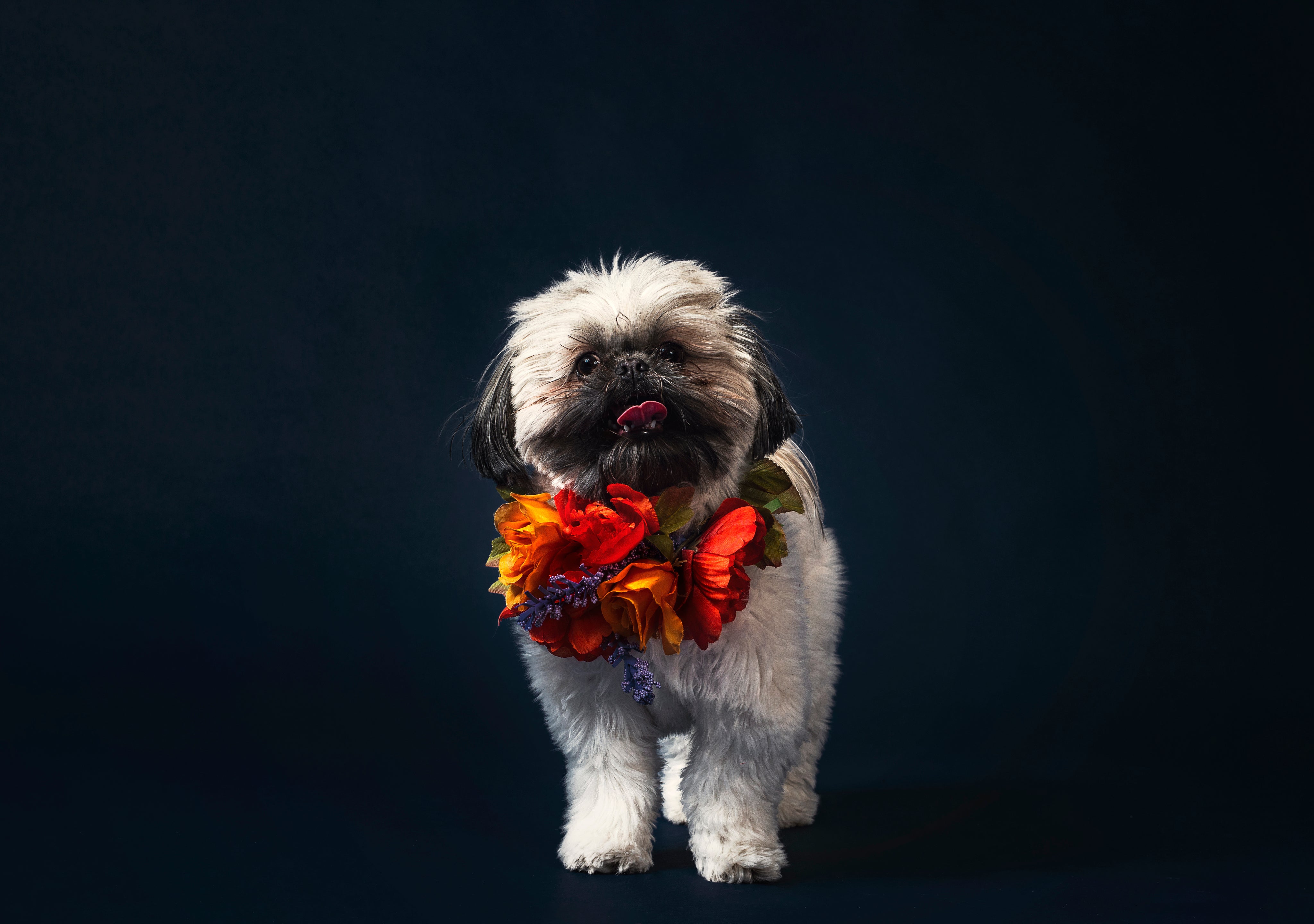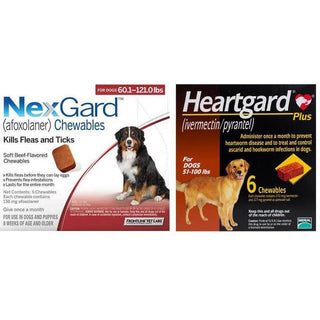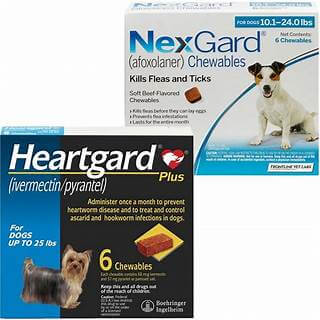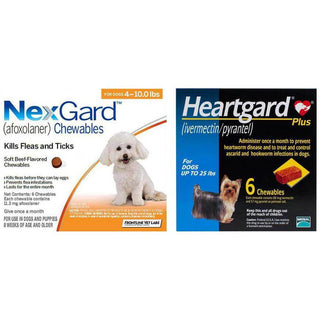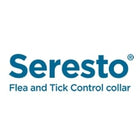Dogs naturally groom themselves by licking and scratching, but when this behavior becomes constant or obsessive, it may indicate an underlying issue. Excessive grooming can lead to skin damage, hair loss, and infections. Pet owners must spot the early signs and promptly address the issue.
In this blog, we’ll explore the common causes of excessive grooming in dogs, what symptoms to look for, and practical ways to help your dog find relief and comfort.
What Is Excessive Grooming in Dogs?
Excessive grooming refers to a dog frequently licking, biting, or scratching certain areas of their body to the point of causing harm. Unlike regular grooming, which helps maintain hygiene, obsessive grooming can damage the skin and coat, creating open sores or bald spots.
If you see your dog focusing intensely on one area or licking even during rest or playtime, it may be time to investigate the cause.
Common Causes of Excessive Grooming in Dogs
1. Fleas and Parasites
Flea bites are one of the leading causes of excessive grooming. A single flea can cause extreme itching, especially if your dog is allergic to flea saliva (flea allergy dermatitis). Mites and ticks can also trigger intense discomfort and compulsive scratching.
2. Skin Allergies
Dogs can develop allergies to environmental factors (pollen, dust mites), food ingredients (chicken, beef, dairy), or grooming products. Allergic reactions often cause itchy, inflamed skin, especially around the paws, ears, belly, or base of the tail.
3. Dry Skin or Irritation
Dry, flaky skin from low humidity, poor nutrition, or frequent bathing with harsh shampoos can be irritated. This may lead to licking and biting as your dog tries to soothe the discomfort.
4. Infections
Fungal infections, like bacterial skin infections or ringworm, can result in itchy, painful areas that dogs instinctively groom. These spots may appear red, scaly, or develop a foul odor.
5. Stress or Anxiety
People bite their nails when anxious, but dogs may groom themselves excessively due to stress or boredom. Separation anxiety, changes in routine, or lack of stimulation can all lead to compulsive behavior.
6. Pain or Injury
Sometimes, a dog may repeatedly lick or chew an area that’s painful due to an injury, arthritis, or internal discomfort. This type of grooming can be a sign that your dog is trying to self-soothe or heal.
Symptoms of Over-Grooming to Watch For
- Bald patches or thinning fur
- Red or irritated skin
- Scabs, hot spots, or open sores
- Constant licking of the paws, legs, or rear
- Whining or restlessness while grooming
- Foul-smelling skin or discharge
- Increased grooming after stressful events
If you notice any of the above signs, it’s best to consult a veterinarian. Early diagnosis can prevent more serious issues.
How to Help a Dog Who’s Grooming Too Much
1. Visit the Vet
A thorough check-up is essential. Your vet can rule out fleas, allergies, infections, or underlying medical conditions. Depending on your dog's symptoms, they may perform skin scrapings, allergy tests, or bloodwork.
2. Use Parasite Prevention
If you don’t see fleas, they could hide in your dog’s fur or home. Monthly flea and tick preventatives like Simparica Trio, Revolution, Nexgard, or Advantage Multi help protect against parasites that cause itching and grooming.
3. Try an Elimination Diet
If your vet suspects a food allergy, they may suggest switching to a limited-ingredient or hydrolyzed protein diet to pinpoint triggers. This process can take several weeks but may significantly reduce skin symptoms.
4. Soothe Skin Naturally
Look for vet-approved shampoos with soothing ingredients like oatmeal, aloe vera, or coconut oil. Avoid using human shampoos or frequent bathing, which may remove essential oils from your dog's skin and coat.
5. Reduce Stress and Provide Stimulation
Offer mental and physical enrichment through walks, puzzle toys, training games, and quality bonding time. A calm, structured routine helps anxious dogs feel more secure and reduces obsessive grooming.
6. Protect Affected Areas
Dog-safe clothing, inflatable collars, or anti-lick sprays can help break the grooming cycle while the skin heals. Your Veterinarian can guide you on safe and effective options.
When to Worry
Excessive grooming should never be ignored. While occasional licking is normal, persistent or aggressive grooming can lead to severe skin issues and may signal a deeper health or emotional problem.
If your dog suddenly starts over-grooming or shows changes in behavior, appetite, or energy levels, don’t delay in seeking professional advice.
Final Thoughts
Over-grooming in dogs is more than just a habit—it’s often a symptom of something bigger. Whether it’s fleas, allergies, or emotional distress, understanding the root cause is key to giving your dog lasting relief.
By staying observant, acting early, and working closely with your Veterinarian, you can help your furry friend feel comfortable, healthy, and happy again.
Buy trusted flea and tick treatments at the best prices in the US from 79Pets.com.


